Introduction
When people think of snow, Indonesia is rarely the first country that comes to mind. Yet hidden in its easternmost region, Papua, lies one of the world’s rarest geographical phenomena—snow-capped equatorial mountains. This natural wonder defies climate expectations and offers a surreal alpine landscape amidst dense tropical forests.
The snow-covered peaks of Papua are not just a geological curiosity but are steeped in cultural significance and environmental urgency.
2. ❄️ Why Is There Snow in Tropical Indonesia?
Snow in Papua exists due to a unique blend of high elevation and equatorial positioning.
- Altitude: Peaks in Papua rise above 4,500 meters (14,764 feet), where temperatures can drop below freezing year-round.
- Geography: Located along the Pacific Ring of Fire and the Sudirman Range, this mountainous terrain fosters glacier formation.
This makes Papua one of only a few equatorial zones in the world that hosts permanent snow.
3. 🏔️ Puncak Jaya (Carstensz Pyramid): The Crown Jewel
3.1 Fast Facts:
- Height: 4,884 meters (16,024 feet)
- Location: Sudirman Range, Papua
- Also Known As: Carstensz Pyramid
- Significance: Highest mountain in Oceania; one of the Seven Summits
Puncak Jaya is the tallest island peak in the world and Indonesia’s highest mountain. It’s the only snow-capped peak in Southeast Asia and holds great importance among climbers and geologists alike.
3.2 History:
- First sighted by Dutch explorer Jan Carstensz in 1623.
- First climbed in 1962 by an expedition led by Heinrich Harrer.
- Previously held three tropical glaciers: Carstensz Glacier, East Northwall Firn, and West Northwall Firn.
4. 🧊 The Glaciers of Papua: A Dying Treasure
Once home to multiple equatorial glaciers, Papua now has only a few remaining ice fields—and they are vanishing fast.
4.1 Notable Glaciers:
- Carstensz Glacier
- West Northwall Firn
- East Northwall Firn (mostly melted)
4.2 Current Status:
According to NASA and Indonesian scientists:
- The glaciers are retreating at 5–10 meters per year.
- At current melt rates, they may disappear entirely by 2026–2030.
4.3 Why It Matters:
- It’s a climate change indicator visible in real time.
- The ice holds thousands of years of atmospheric history.
- Vital to hydrology and ecosystems in the region.
5. 🗻 Other Notable Snowy Peaks in Papua
Besides Puncak Jaya, the Sudirman Range contains other towering peaks that once had snow caps:
| Peak Name | Height (meters) | Notes |
|---|---|---|
| Sumantri | 4,870 | Second highest in Indonesia |
| Ngga Pulu | 4,863 | Used to be taller than Puncak Jaya before glacier retreat |
| East Carstensz Top | 4,813 | Often climbed with Puncak Jaya |
Though snow is mostly limited to Puncak Jaya today, these peaks contribute to the alpine ecosystem of Papua.
6. 👣 Indigenous Communities and the Mountains
The snow-capped mountains of Papua are sacred to indigenous tribes like the Amungme, who believe these peaks are the abode of ancestral spirits.
Cultural Highlights:
- Mountains are seen as living entities.
- Access to sacred areas often requires tribal permission.
- Climbing expeditions are guided by local porters and tribespeople.
Their cultural connection to the land makes conservation efforts deeply spiritual as well as environmental.
7. 🥾 Trekking and Climbing Expeditions
7.1 Climbing Puncak Jaya:
- Requires a special permit from the Indonesian government.
- Routes include Freeport mine access and Sugapa trekking route.
- Typically takes 10–12 days with acclimatization.
7.2 Challenges:
- Rugged terrain and unpredictable weather
- Political and permit-related restrictions
- High expedition costs (USD $8,000–$15,000)
Yet for adventurers, summiting the snowy peaks of Papua is a rare badge of honor.
8. 🌡️ Climate Change and the Vanishing Glaciers
Papua’s glaciers are among the fastest melting in the world due to:
- Rising temperatures
- Changing precipitation patterns
- El Niño effects
A 2020 study showed Papua lost 85% of its glacier area in the past 30 years. This loss affects:
- Water sources for downstream communities
- Global climate indicators
- Scientific studies on prehistoric climate
9. 🔬 Scientific Research and International Focus
Researchers from NASA, Indonesian Institute of Sciences (LIPI), and National Geographic have all monitored the ice retreat.
Key Projects:
- Ice coring expeditions
- Satellite imaging from NASA MODIS
- Studies on microbial life in tropical glaciers
The data from Papua’s snow fields is used globally to understand the pace and impact of climate change.
10. 🧳 Travel Tips for Visiting the Snowy Mountains of Papua
10.1 Best Time to Visit:
- Dry season: April–September
- Avoid monsoon periods (November–March)
10.2 Preparation:
- Acclimatization is essential
- Carry gear rated for freezing temperatures
- Use certified local guides
10.3 Permits & Safety:
- Register with Indonesian Ministry of Tourism
- Obtain climbing and photography permits
- Consult with local authorities for real-time safety updates
11. ❓ Frequently Asked Questions (FAQ)
Q1: Is there really snow in Indonesia?
Yes, only in Papua, specifically at altitudes over 4,500 meters.
Q2: Can tourists see the snow?
Yes, but it requires serious trekking and permits. It’s not a casual visit.
Q3: Are the glaciers still there?
Some ice fields remain, but they are rapidly melting and may disappear by 2030.
Q4: Can beginners climb Puncak Jaya?
It’s a technical climb—not suitable for beginners without training.
12. 🏁 Conclusion
The snow-capped mountains of Papua, Indonesia, are a geological and cultural anomaly that deserve global attention. As the only place in the tropics with equatorial glaciers, it is a living laboratory of climate change, a sacred landscape for indigenous peoples, and a dream destination for elite mountaineers.
With the glaciers vanishing fast, now is the time to document, preserve, and respect this unique ecosystem.
Read More :
– The Variety of Flora and Fauna in Papua: A Complete Biodiversity Indonesia’s Natural Paradise
– Inside Papua: Discovering the Unique Tribes of Indonesia’s Eastern Frontier
– Raja Ampat: The Ultimate Underwater Adventure in Southwest Papua
–
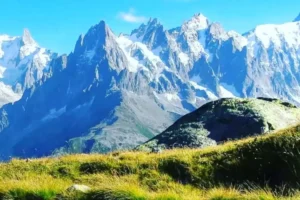
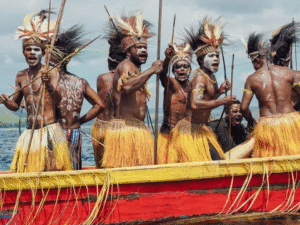

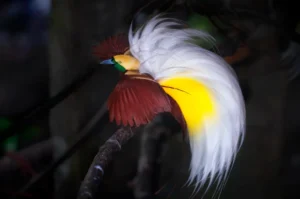
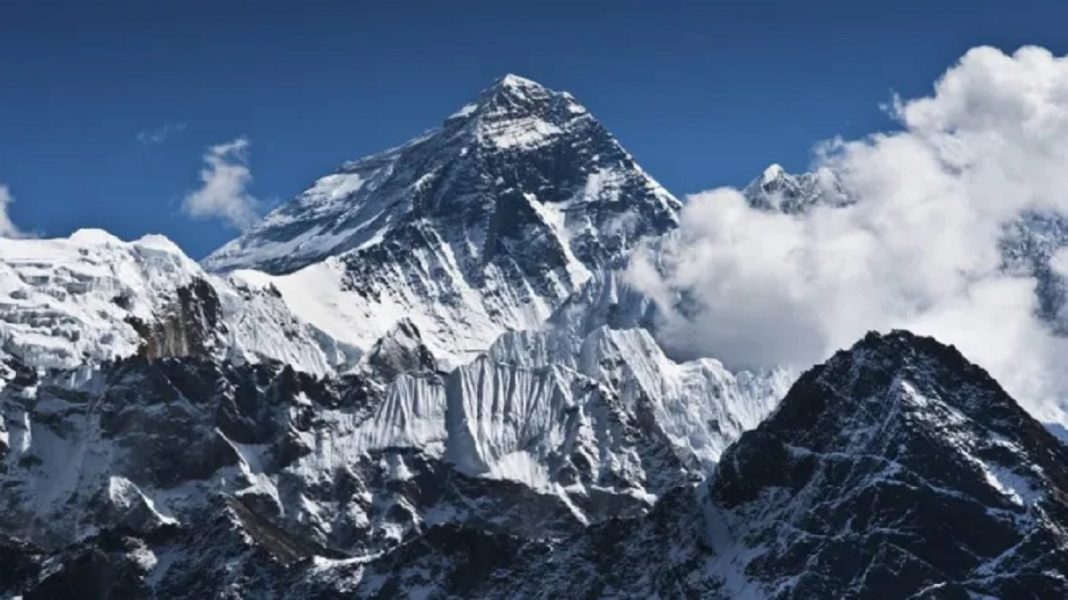
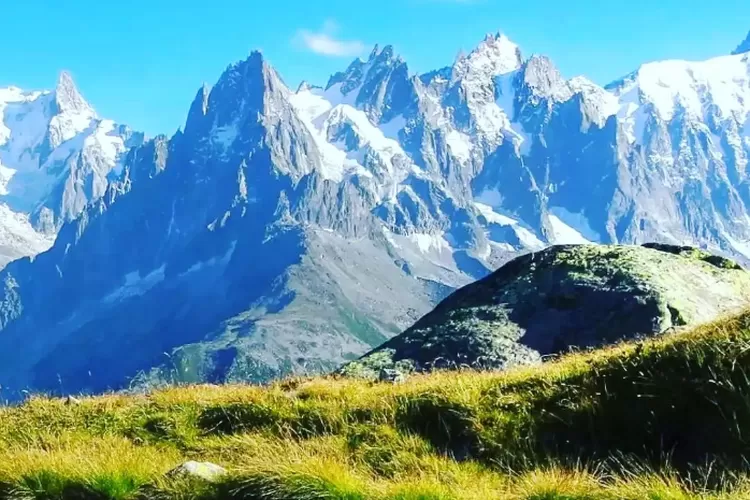
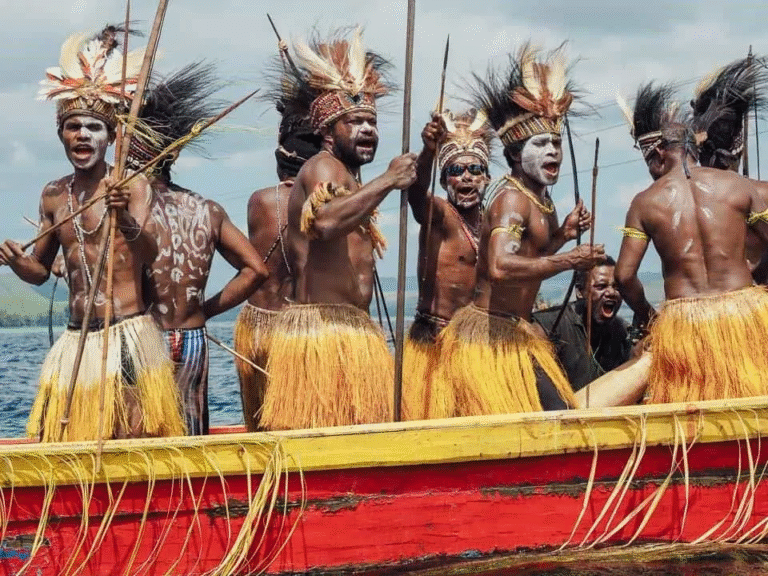


One thought on “Indonesia’s Hidden Alps: Snow-Capped Mountains in Papua You Need to Know”